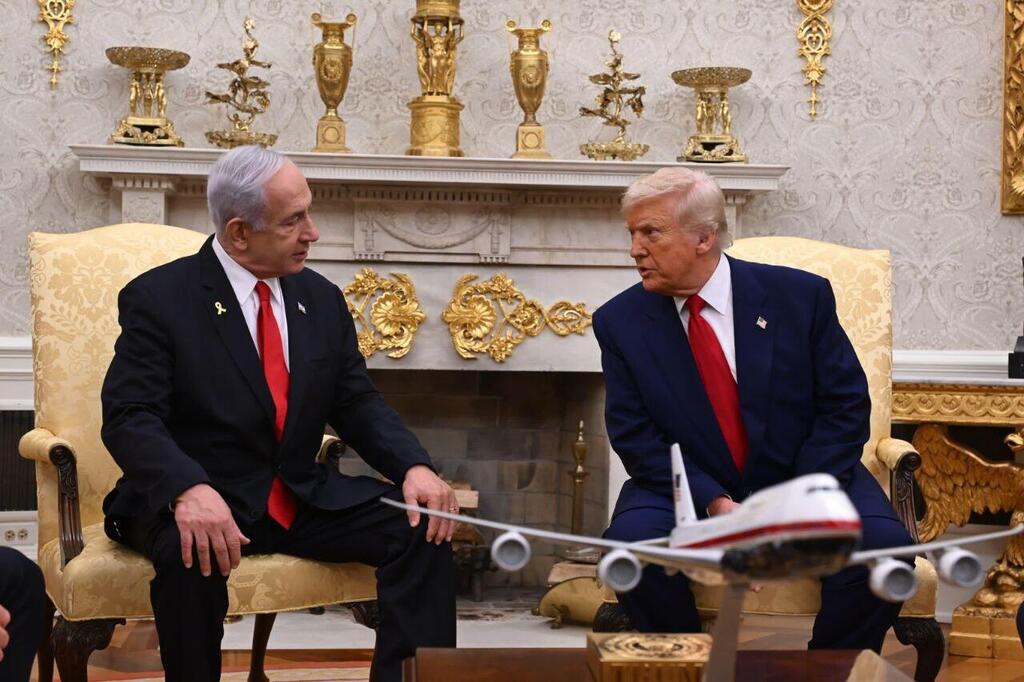Unilateral Israeli strike without U.S. support
However, a full-scale assault on Iran’s nuclear sites would be far more complex and risky. Israeli pilots would need to traverse nearly 2,000 kilometers of hostile airspace, strike fortified and deeply buried facilities, and return safely — all without U.S. air cover or intelligence support.
Hezbollah in Lebanon and other Iranian proxies in Syria and Yemen could also join the fight, opening additional fronts and overwhelming Israel’s defenses.
Coordinated Israeli strike with defensive US support
A more realistic scenario involves pre-strike coordination with the United States, particularly in the realm of air defense. Israel could notify U.S. Central Command (CENTCOM) in advance, allowing for the deployment of American defensive systems and strategic planning to shield Israeli airspace from retaliation.
This approach would not require active U.S. participation in the strike itself but would depend on prior political agreement and a green light to fly through regional air corridors that are now more accessible following Israel’s successful operations in Syria.
Full joint operation with the US and allies
The most ambitious — and currently least likely — option is a multinational operation led by the United States and supported by other Western and regional allies. Countries such as the United Kingdom, France, Germany, Italy, and Greece have previously participated in joint air exercises with Israel and could contribute to a coordinated strike.
However, Israel’s diminished international standing following the war in Gaza and ongoing tensions over the Palestinian issue make this scenario politically unlikely. A multinational strike would require Israel to offer diplomatic concessions, possibly including an end to the Gaza war and steps toward a political resolution with the Palestinians — an improbable move under the current Israeli government.
Still, a broad coalition strike would dramatically increase the chances of destroying Iran’s nuclear infrastructure and restoring Israel’s deterrence, which was badly damaged by the Hamas-led October 7 attacks.
Each of the three scenarios carries substantial risks and varying degrees of international support. A unilateral strike offers speed but entails heavy consequences. A coordinated strike provides greater protection but requires U.S. cooperation. A joint operation could yield the most decisive results — but demands political groundwork that currently appears out of reach.
As Israeli leaders continue to assess their options, the future of the region may hinge not only on military capabilities but also on shifting diplomatic calculations in Washington, Tehran and Jerusalem.





